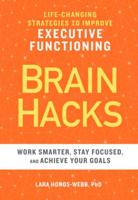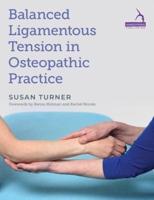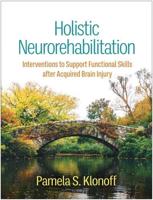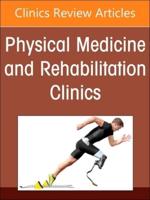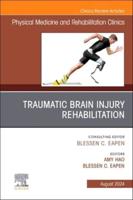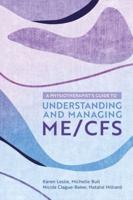Publisher's Synopsis
Lateral epicondylitis, or tennis elbow, can be managed at home by starting with the proper steps early. Too often, people develop chronic tendonosis because they do not take the correct steps or look for the right providers. They do not know what to do and wait too long before taking the next step. Learn the best strategies from someone who has treated tennis elbow for 20+ years.
This book aims to explain where our pain came from and the best ways to resolve it at home and in the office. It includes the most commonly asked questions, products, home strategies, and misconceptions about tennis elbow. The best office treatments are reviewed and explained, how they help you quickly get out of pain; including shockwave therapy, Graston Technique, Class IV laser, PRP, and steroid injections so you can make the best decisions about your care.
A variety of exercises are shown from the most basic to advanced. We have included many more than the basics to give you options to strengthen and prevent future tendon injuries.
Lateral Epicondylitis affects men as equally as women, with an average age onset between 35 to 55 years. It has a prevalence of about 3% of people at any given time. The typical duration is between six months and two years, with up to 90% of suffers reporting recovery within one year. However, 5 to 10% developed chronic symptoms and eventually underwent invasive treatment such as surgery (Walker-Bone, Arthritis Rheum 2004).Most people who develop tennis elbow are not tennis players but individuals who have been sedentary for years and then suddenly begin exercising, gardening, yard work, carrying and lifting a baby, carrying heavy luggage, or working on physical projects.
What Are the Symptoms of Tennis Elbow?
Lateral epicondylitis can range from mild stiffness and tightness of the wrist and extensor muscles to severe sharp, stabbing pain. Some people describe an increase in stiffness and tightness that progresses to dull, aching pain with infrequent sharp pain. As the condition worsens, the pain becomes more intense and sharp with activity. People begin to lose functional abilities to grip, grab, pull, or carry.
The symptoms of lateral epicondylitis can range from severe to intense to very mild. Hence, as people improve with treatment, their severe symptoms will reduce to mild or dull pain, stiffness, tightness, and aches. Removing all the pain and tenderness with palpation is the key to any treatment plan.
What Causes Tennis Elbow?
Any activity using the hands, wrists, or elbows can lead to tennis elbow. Forceful grips, vibrations, or lifting can easily overwhelm the tissue. Most cases of tennis elbow can be successfully treated with conservative therapy.
Most cases in the office involve slowly overworking the elbow over time, especially with a change in activities or sports. Increasing weight or exercise are common causes of tendinosis. When people feel mild elbow pain, they often ignore it and hope it gets better. Over weeks to months, the pain slowly increases in intensity until it becomes limiting or debilitating, and then they seek help. However, an intense injury becomes more complicated to treat and takes longer to recover fully.
What to Do Next?
We start with therapies that are the most effective for short term and long term relief; therapies that decrease pain and enhance tissue healing. This is why most people can resolve their elbow pain within a month or two and do not develop chronic tendonosis.
A conservative combination of treatments gives people the greatest bang for their buck and best chance of resolving their condition within a month.
The book will discuss these treatments in greater detail, to explain how each therapy works and understand why the combinations accelerate healing.


